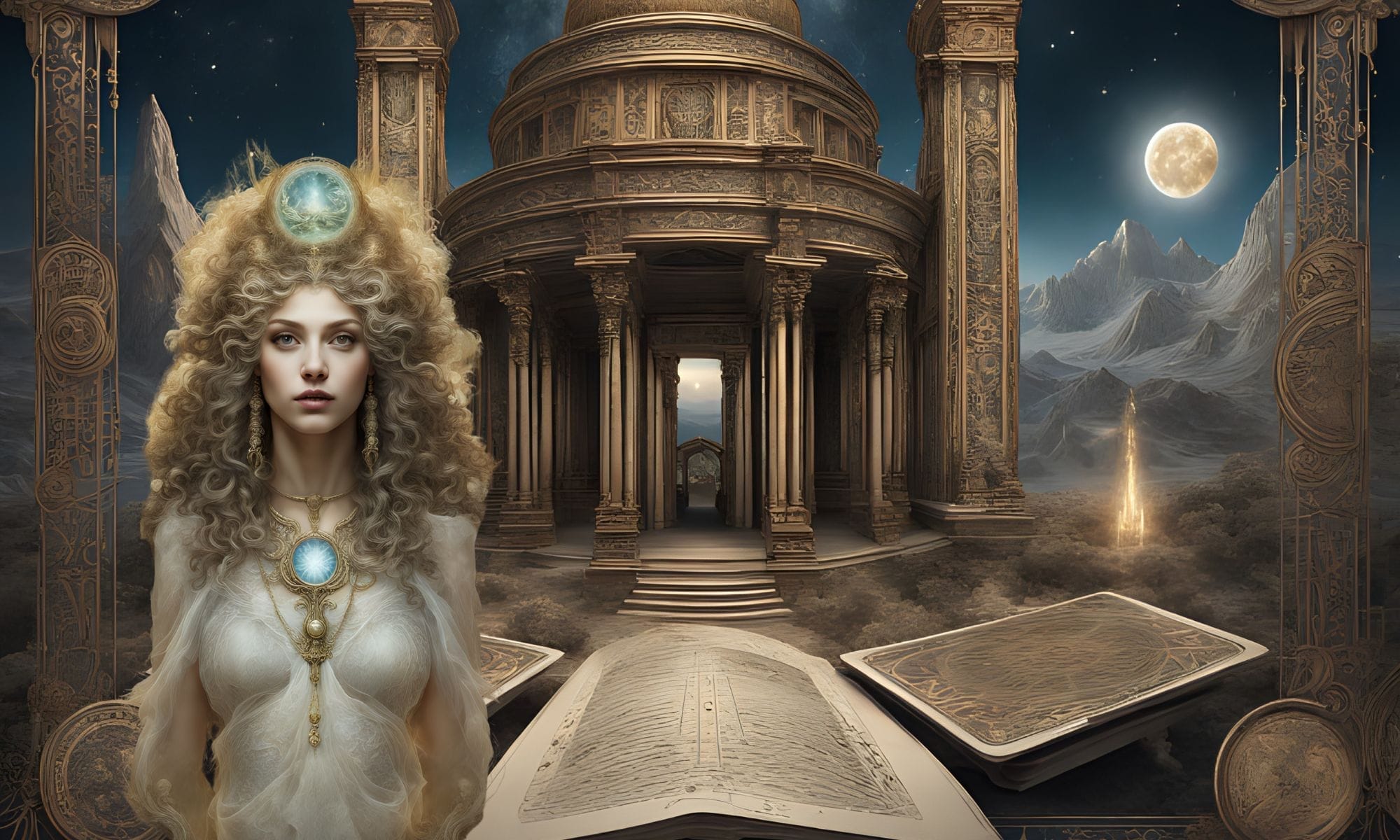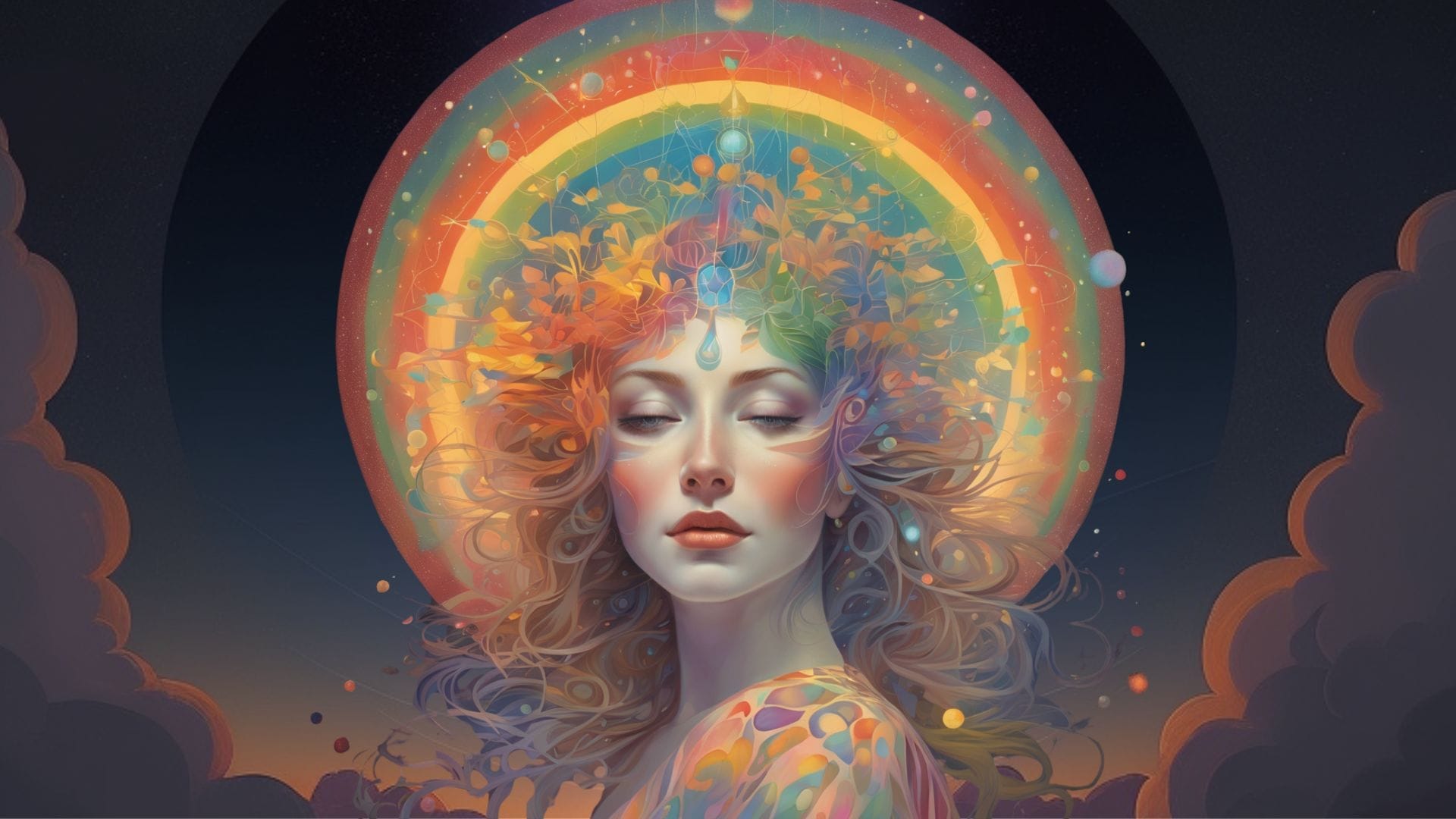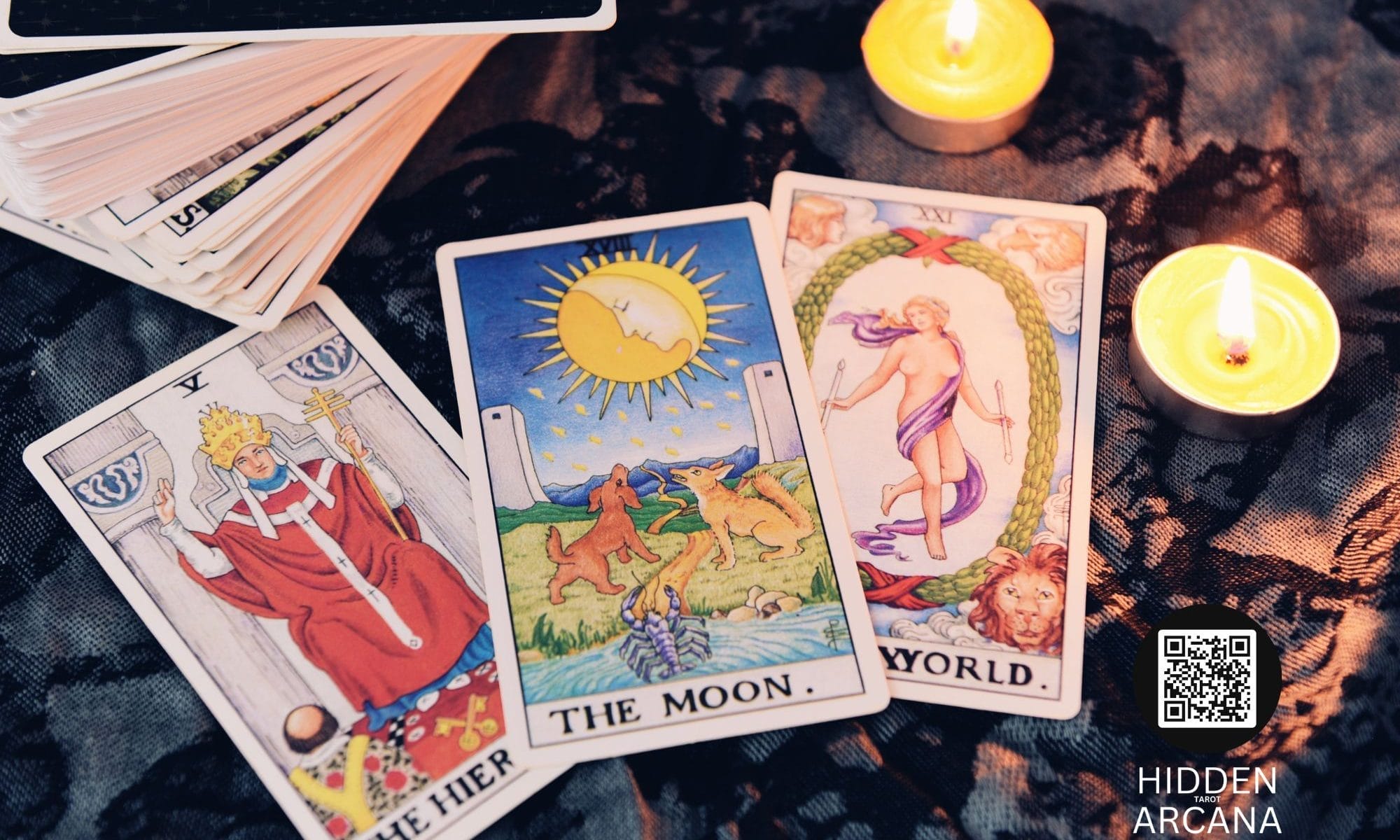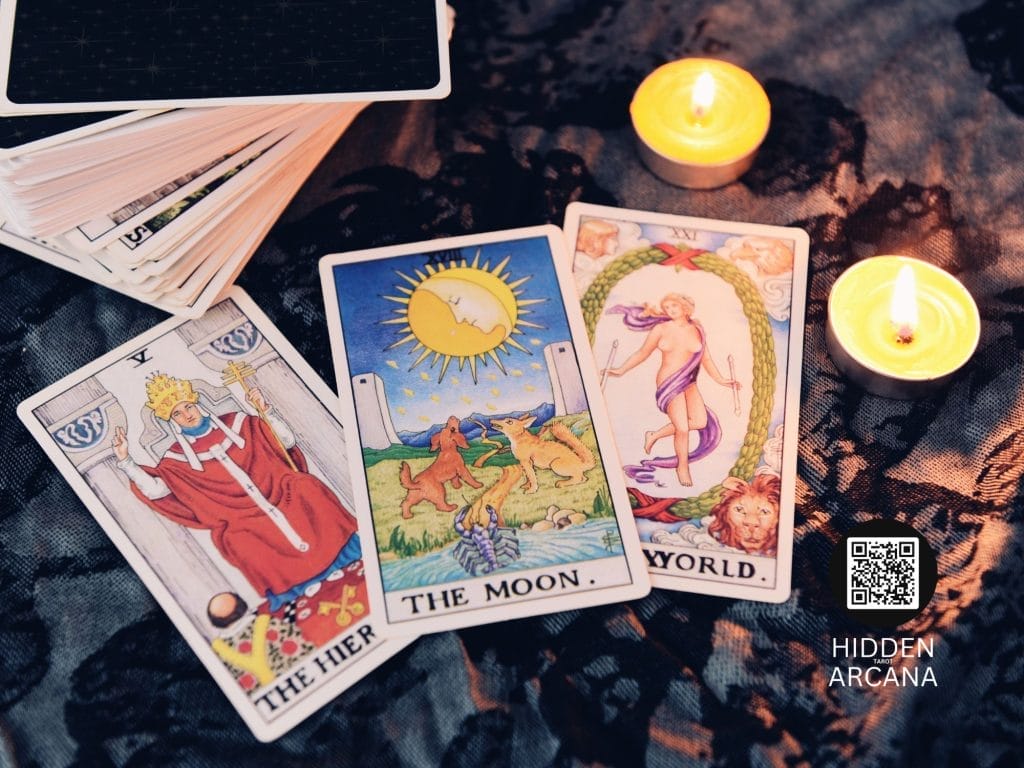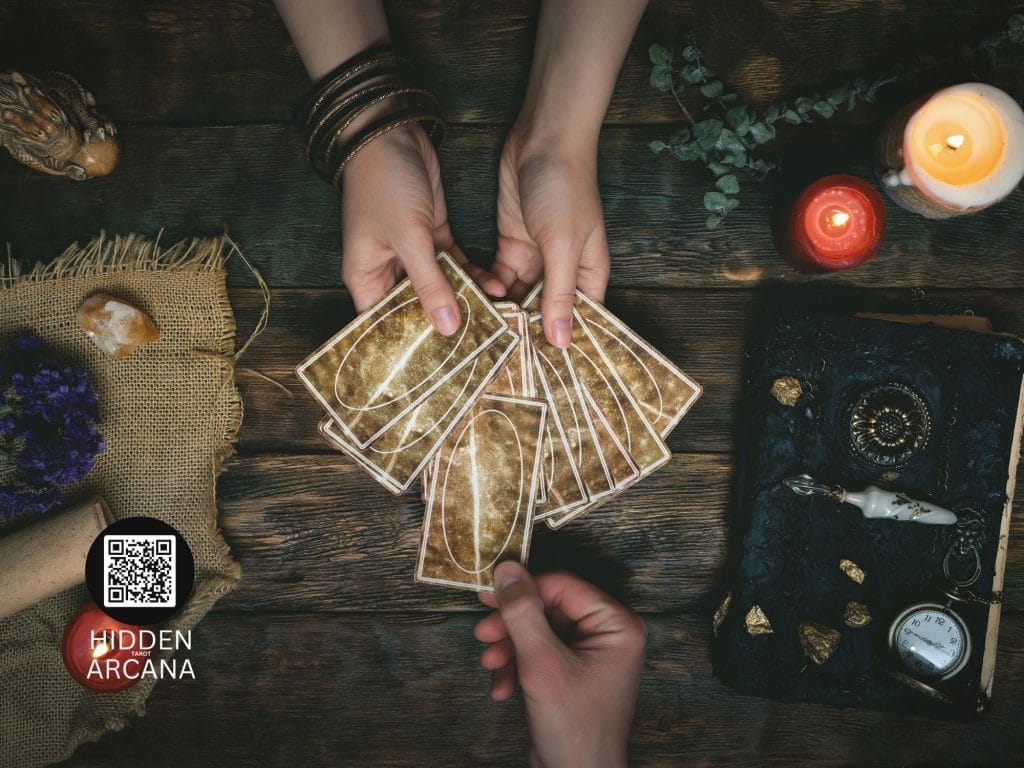Starting a steady tarot practice does not need to be complicated. You can build a simple and lasting daily reading habit that fits into a busy life. This approach also helps you know when you might want to book professional tarot consultations for deeper guidance. The key is consistency, not complexity.
The Heart of a Steady Tarot Practice
- A steady tarot practice works best with small, daily touchpoints.
- A simple 3-part flow combines one card, a two-minute journal, and one minute of breath.
- Consistency in your daily reading builds real insight over time.
Estimated reading time: 5 minutes

Why Small and Steady Wins the Race
Most people starting to out by thinking Tarot needs to be a big event. They imagine dramatic predictions and life changing messages. The real magic happens in the small moments. A daily touchpoint with your deck builds a relationship of trust. It turns tarot into a tool for reflection, not just fortune telling. This makes the practice something you will keep. This idea connects with a broader interest in self-reflection. A recent national survey found that 3 in 10 US adults explore things like astrology or Tarot for fun each year. This shows a mainstream curiosity about inner guidance. The professional world of psychic services is also steady. It generated about $2.3 billion in the US recently. This shows people find value in these insights. Your personal practice is part of this larger picture.
Your 10-Minute Daily Tarot Flow
Think of this routine as micro mindfulness. It combines tarot with two research backed practices. These are brief journaling and short mindfulness. This three-part flow takes only about ten minutes. It will ground your day and provide clear focus.
Step 1: Pull One Single Card
Begin with just one card. Keep your question simple and focused. You could ask, "What energy should I bring to today?" or "What do I need to see right now?" Look at the card. Name one real world action it suggests. This step takes about two minutes. It gives you a theme for the day. The goal is clarity, not confusion. A single card provides a clear point for reflection without overwhelming you with information. It is a gentle nudge for your day.
Step 2: Write a Two-Minute Journal Entry
Open a notebook. Write just three short lines.
First, note the card and a keyword. For example, "The Star – Hope."
Second, write one observation. "I feel stretched thin."
Third, make one small decision. "I will take a quiet break after lunch."
This kind of short writing can help organize your thoughts. It links the card's message to your actual life. This makes the insight practical and actionable. You are not just thinking about the card. You are deciding how to live it.
Step 3: Take One Minute of Focused Breath
Close your eyes. Breathe in for a count of four. Then breathe out for a count of six. Repeat this for just one minute. This short breathing practice can calm your mind. It helps you sit with the card's message without overthinking. Consistency with this brief exercise matters more than doing it for a long time. This breathwork anchors the reading in your body. It creates a small space between receiving the message and rushing into your day. This pause is where intuition often speaks.
Putting Your Practice into Action
Here is an example of putting your practice into action.
A man once pulled the Eight of Pentacles on a busy Tuesday. His read was to focus on skilled work. He wrote an important email before his meetings. The rest of his day felt smoother. There were no fireworks. There was just less friction.
This is the payoff of a steady practice. Small wins compound over time to create real change. Your deck becomes a trusted advisor for daily decisions.
When to Book a Professional Reading
Your daily practice builds your own intuition. Sometimes, you may want a broader perspective. This is a good time to book tarot consultations with a professional reader. Look for someone who makes you feel empowered. A good reading should provide clarity and care. It can complement your personal journey. Many readers work online. You can easily find a session that fits your needs. A professional can offer insights on broader life themes. These themes might be relationships or career paths. Their outside perspective can shed new light on your situation.
Start Your Steady Tarot Practice Today
Building a steady Tarot practice is about showing up for just a few minutes each day. This consistent daily reading helps you find small insights that add up over time. It strengthens your own inner voice. And when you need a wider view, you can always book tarot consultations with a trusted guide. Start small today and watch your understanding grow.
About the Authors
Liane and Christopher Buck are the creators of the Tao of Tarot, whose first book and card set is The Hidden Arcana Tarot, https://hiddenarcanatarot.com/. They are also the founders of OMTimes Magazine, Humanity Healing, and Cathedral of the Soul. Read more on their Bio Page.
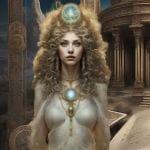
Facebook | YouTube | X | Instagram | TikTok | Medium | BlueSky | Pinterest
